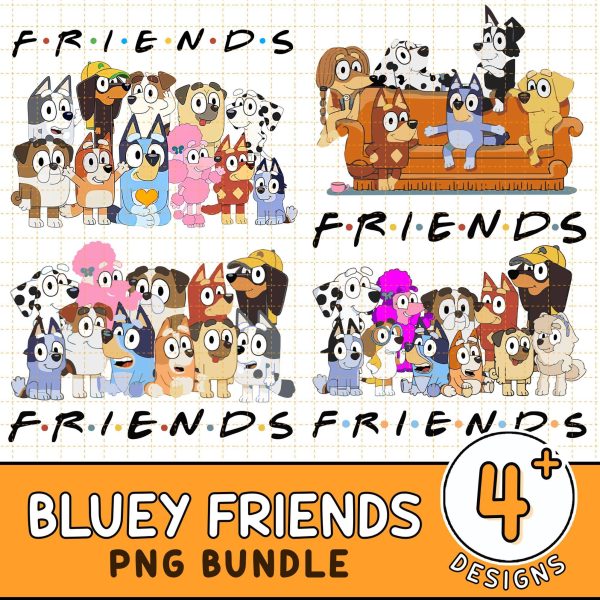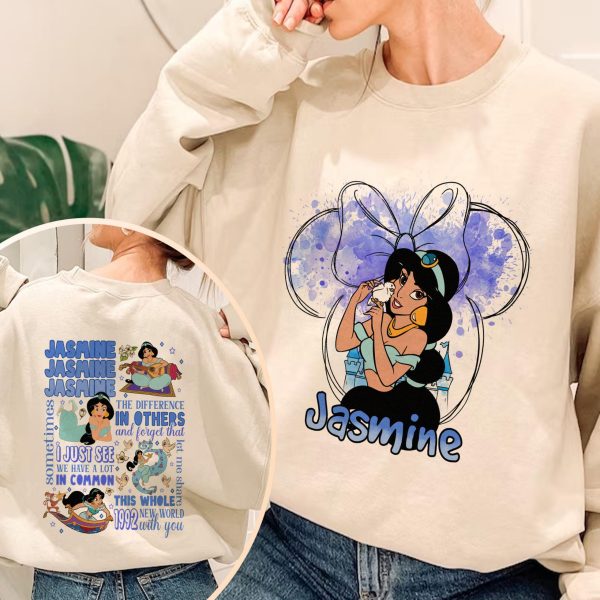Disney
Despite ‘Tarzan’ Success, Why Is It Recalled as a Letdown at Disney?

“In this bi-weekly series known as ‘Revisiting the Renaissance,’ Josh Spiegel delves into the history and creation of the 13 films that comprise Disney’s Renaissance era, spanning from 1986 to 1999. This installment focuses on the 1999 movie ‘Tarzan.’ A few weeks back, Robert Iger, CEO of the Walt Disney Company, made headlines by suggesting that Disney and Apple could have merged if Steve Jobs had lived longer. This revelation, part of Iger’s book ‘The Ride of a Lifetime,’ sheds light on Disney’s history and its view of late-90s and early-00s films. However, classifying certain films, like ‘Tarzan,’ as only ‘modest successes’ raises questions about their significance. ‘Tarzan’ was a box office hit in 1999, ranking as the third-highest grossing Disney Renaissance film and one of the top animated successes in the past 25 years. So why would the CEO characterize it as merely a moderate accomplishment?
The film’s origins trace back to Jeffrey Katzenberg, who initially envisioned a Tarzan adaptation produced by a new TV-focused division. However, creative differences led to a different approach, and ‘Tarzan’ eventually took shape under the leadership of co-directors Kevin Lima and Chris Buck. The source material’s iconic character, Tarzan, had long captivated audiences, yet an animated rendition had remained elusive until Disney’s endeavor.
With the aim of revitalizing its fortunes after a series of more restrained achievements, Disney embarked on ‘Tarzan,’ buoyed by the familiarity of its source material. Like other Renaissance titles, it was centered around a prominent male character, a formula that had proven successful. Nevertheless, ‘Tarzan’ signaled a departure from the traditional Disney musical format, opting for songs that served the story rather than being belted out by characters. This strategic shift was influenced by producer Bonnie Arnold, whose experience with ‘Toy Story’ had demonstrated the storytelling potential of music that supports the narrative rather than dominates it.

The film’s animation emerged as a standout feature, capturing Tarzan’s dynamic movements with a lifelike quality, inspired by skateboarding aesthetics. The jungle setting was brought to life through a combination of hand-drawn animation and computer-generated imagery, earning acclaim for its seamless integration. Financially, ‘Tarzan’ was a success, grossing over $170 million domestically and nearly $450 million worldwide. Critics were generally kind to the film, recognizing its technical achievements, while noting some common issues seen in the latter part of the Renaissance era, such as reliance on comic relief characters.
Despite its triumphs at the box office, ‘Tarzan’ is seen by some as a departure from the creative zenith of the Disney Renaissance. Its financial triumph outweighed its creative impact, leaving a mark as a movie that succeeded commercially without quite reaching the storytelling heights of its predecessors. While ‘Tarzan’ was a pivotal moment for Disney, marking the end of the Renaissance for some, its legacy reminds us that even amid commercial success, artistic significance can be elusive.”
We bring out some of the most well-known Disney collection, all of which are available at reasonable costs. Visit our link now if you are interested in the Disney collection


Baloo, Bagheera, King Louie, Mowgli, Pinocchio
